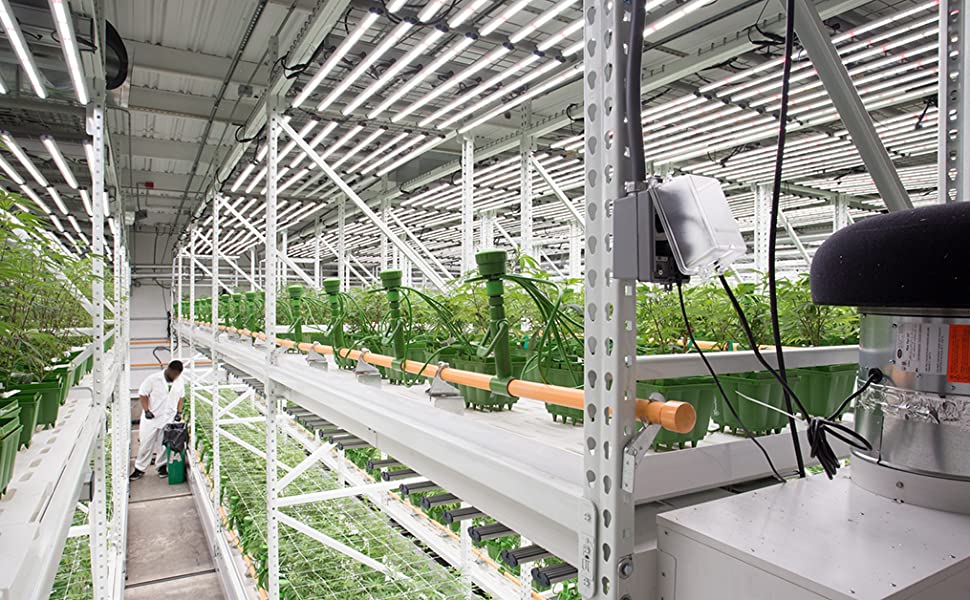Modern conveniences make it very easy to forget that we are all a part of nature, not apart from nature.
Sometimes that’s a good thing… Being able to use satellite technology to see a hurricane headed towards you days in advance so as to flee to a safe location is a much better alternative than clinging to the trunk of a tree through 125mph winds.
Sometimes, that disconnection is not so good, especially when combined with irrational fear. Unfortunately, it seems that many people have developed a profound dread and ignorance of all six-legged critters with an exoskeleton. (And don’t even bring up eight-legged arachnids – the horror!)
But we do ourselves — and the natural world that sustains our wellbeing — a tremendous disservice by not appreciating its systems or the parts and pieces that make it all work. Perhaps nowhere is this more obvious than in our treatment of insects.
The commercialization of fear
Go into any garden center and you’ll find a huge selection of insecticides with names that speak directly to our desire to engage in perpetual warfare with the hordes of strange and scary creatures who happen to live in our yards: Onslaught, Conquer, etc..
It seems that people have come to hate insects so much that they’d rather pay to replace them with endocrine disrupting carcinogenic chemicals in their home landscapes where their children and pets play.
This not only ignores the critical role that insects perform in maintaining life on earth as we know it, but it also ignores the reality that we’re all biological organisms, and can thus be harmed by the same poisons we use to kill the other living things we don’t like. (Infants and young children are especically susceptible to various pesticides during critical stages of development.)
Fact: The Vast Majority of Insects Are Beneficial
The standard people’s yard is a barren, chemical-soaked wasteland containing a small handful of plant species (mostly grass).
We’d like to encourage you towards a different goal with your yard: create an ecologically regenerative landscape that produces piles of safe, healthy organic food for you and your family.
Doing this well will require you to learn about and be comfortable with insects. Just think of them as a few hundred million extra pets that feed and walk themselves, while making food for you!
Yes, insects are responsible for pollinating a majority of the edible plants you’ll grow in your garden. And the “good” insects are responsible for keeping the “bad” ones in check. Without prey insects, there can be no predatory insects.
Are most insects helpful?
Another fact that might help you overcome your fear of insects: 95% of all insects are considered beneficials (e.g. “good” insects) or benign (“harmless”). Thus, we highly suggest you put the poison spray down and learn how to use your insects as the valuable resource that they are!
Garden insects: the good, the bad, and the ugly
How do you know if an insect is good, bad or ugly?
Some scientists get irritated by the public’s hyper-fixation on “charismatic megafauna,” (e.g. the larger, cuter animals that make the cover of magazines) while those same concerned citizens could care less about conservation efforts for a less cuddly but equally important species like snails or pollinating insects that don’t produce honey.
Please don’t simply think of “good or bad” in terms of whether or not you can imagine giving the creature a belly rub, robbing its honey, or taking a selfie with it. In fact, these rather simplistic and arbitrary definitions might not even make sense at all, considering that so-called “bad” insects serve important roles in their ecosystems and are also usually food for good insects, birds, and other species.
To be continued…

